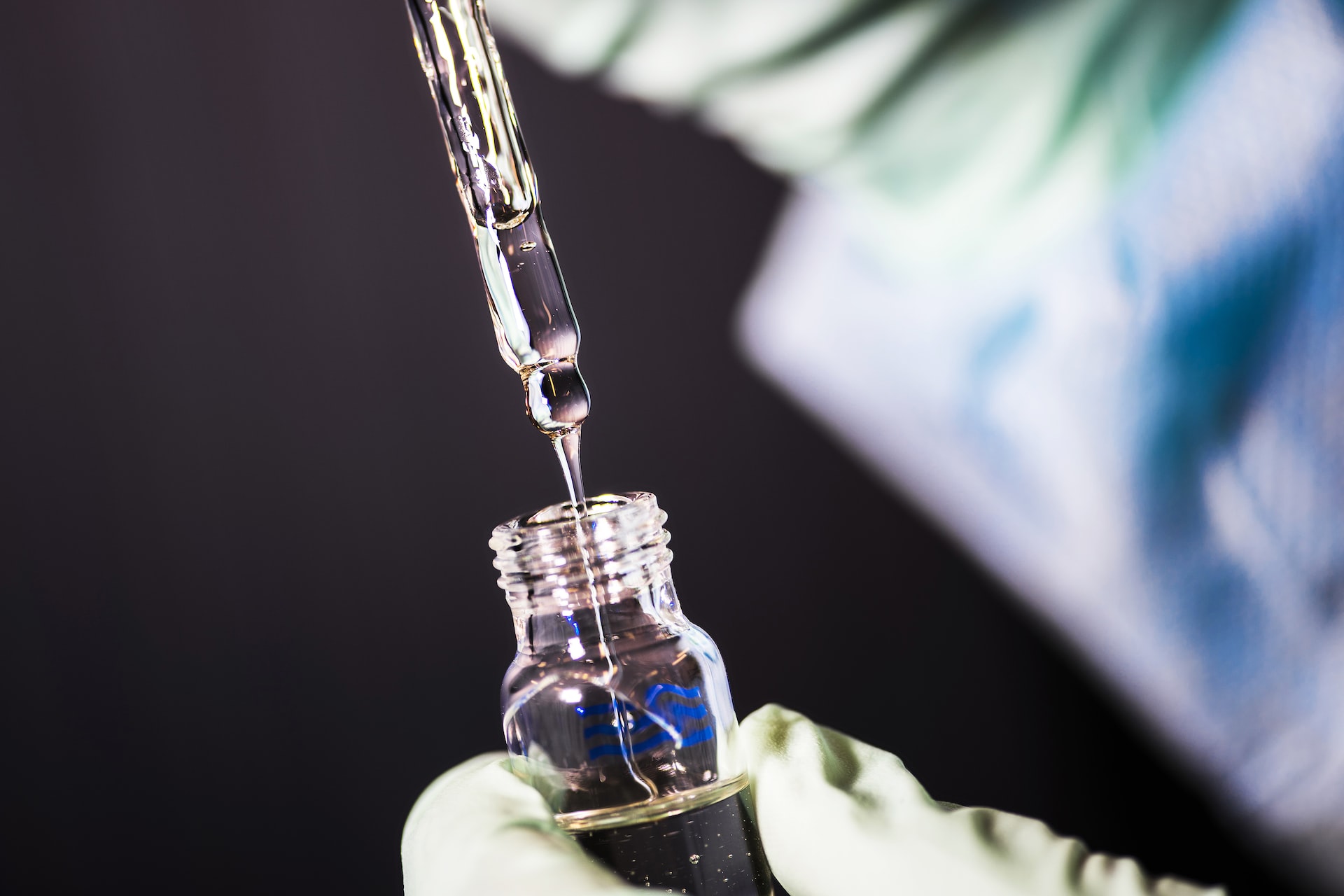The US Food and Drug Administration (FDA) recently approved a new drug, Hemgenix, for use in patients with hemophilia B, a blood clotting disorder. Because the condition is rare, it is only used in a small number of patients worldwide.However, the drug made headlines because of its high price tag, Science Alert reports.
Hemophilia B is a genetic disease that affects more men than women, in which the patient’s body does not produce enough of a protein called factor IX (Roman numeral). The protein is a clotting factor that is necessary to stop bleeding in case of injury, during surgery, or other medical procedures.
Because hemophiliacs do not have enough clotting factor, they are at risk of long-term bleeding, which can also affect joints, internal organs, and the brain, the FDA document says.
Treatment for such individuals includes an intravenous infusion of factor IX to prevent bleeding episodes, which must be continued throughout the patient’s life.
How Hemgenix helps in the cure of hemophiliacs?
Developed by the pharmaceutical company CSL Behring in Pennsylvania, Hemgenix is a single-use gene therapy product that is administered as an intravenous infusion. The infusion consists of viral vectors that carry a copy of the gene that produces the factor IX protein, which is then expressed in the patient’s liver to increase levels of the clotting factor in the body.
The effectiveness of the procedure was evaluated in two studies involving 57 adult men with moderate-to-severe hemophilia B. One study involving five Patients showed an increase in factor IX activity and a decrease in annual bleeding frequency.
The intervention will cost patients $3.5 million per dose, which may still be less than the $2.3 million hemophilia B patients pay for infusions over their lifetimes.
Why is Hemgenix so expensive?
There are about 8,000 people with hemophilia B in the United States. This is quite small compared to the number of patients with other conditions, such as cardiovascular disease or cancer, on which pharmaceutical companies test drugs.
As a result, pharmaceutical companies neglect to develop treatment options for diseases like hemophilia B because it does not make economic sense to spend billions to develop a drug that only a few use.
The FDA designates such therapies as “orphan drugs” and offers incentives to develop and accelerate them. If treatment is deemed successful, the drug developer receives exclusive rights to sell the drug, often at high prices.
Before Hemgenix, a similar gene therapy intervention for another rare disease called spinal muscular atrophy bore the hallmark of the most expensive drug and was developed using similar mechanisms.
Even as the world’s most expensive drug, insurance companies can include Hemgenix in their plans because it offers significant cost savings to hemophiliacs. Although prices may be higher in the United States, drugs that use drug price controls could see significant per-dose reductions if approved in that market.




Leave a Reply